%20LA%20SAVOIE.%20Circa%201930.%20%2039%201:4x24%201:2%20inches,%2099%203:4x62%201:4%20cm.%20Lucien%20Serre,%20Paris.jpg)
❖❖❖
IN THIS ISSUE
JAMES BOND'S TASTES
PART FIVE: MOONRAKER
By John Mariani
NEW YORK CORNER
NOREETUH
By John Mariani
ANOTHER VERMEER
CHAPTER FOUR
By John Mariani
NOTES FROM THE WINE CELLAR
NEW WINES FOR THE POST-HOLIDAY MARKET
By John Mariani
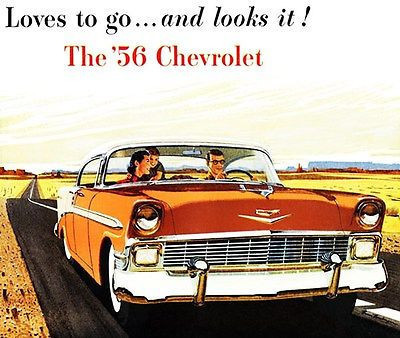
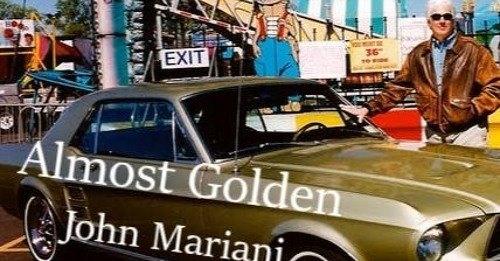
JAMES BOND'S TASTES
Part 5
Moonraker
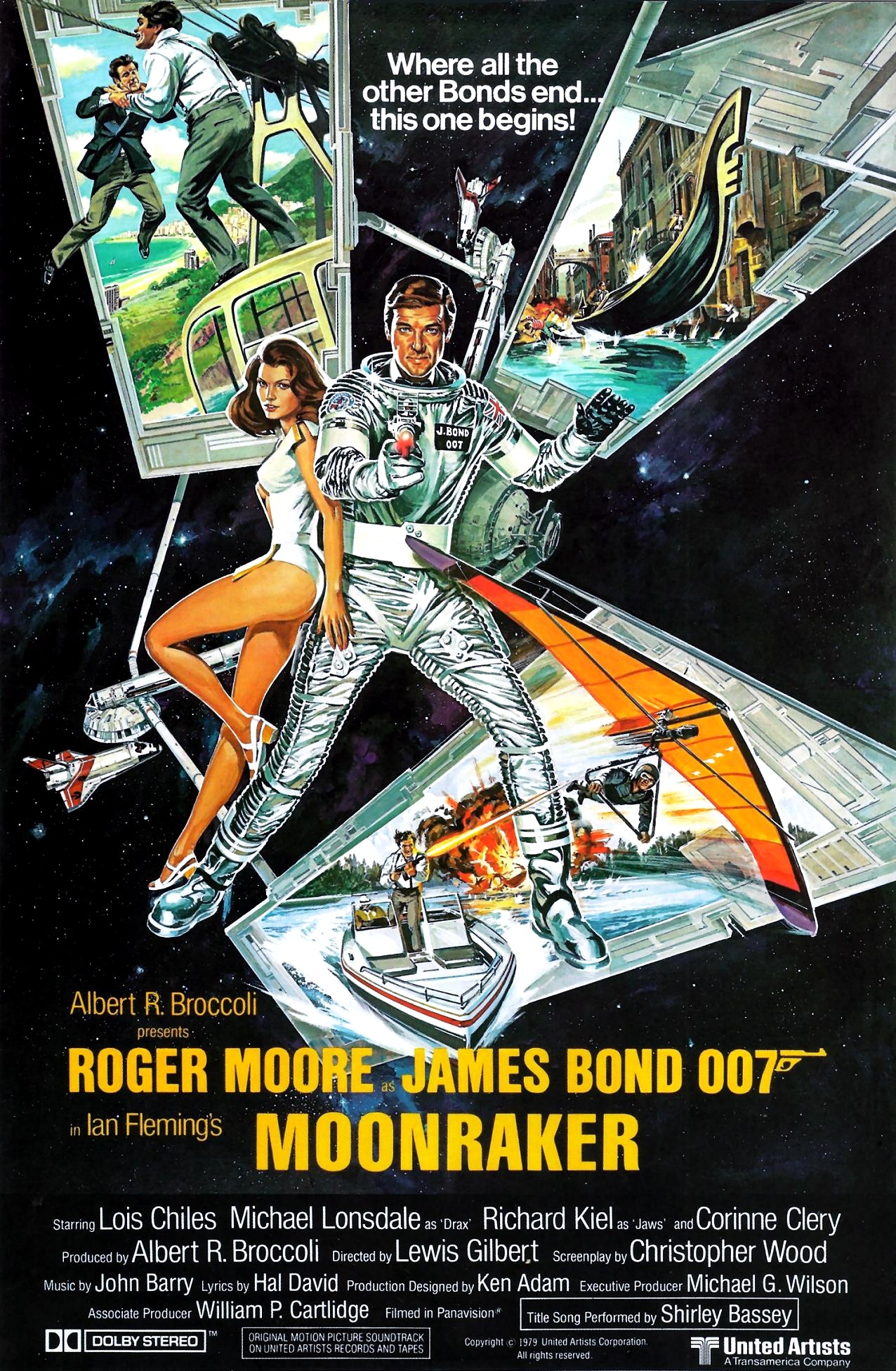
 Moonraker
was
the third of Ian Fleming’s 007 novels,
published in 1955 with a cover design (left)
inspired by Fleming himself. The plot concerns
Bond going up against an ex-Nazi named Drax,
who is building a defensive missile for the
British but in fact intends to use it as a
nuclear bomb-delivering rocket to destroy
London. (This was before the U.S. or
Moonraker
was
the third of Ian Fleming’s 007 novels,
published in 1955 with a cover design (left)
inspired by Fleming himself. The plot concerns
Bond going up against an ex-Nazi named Drax,
who is building a defensive missile for the
British but in fact intends to use it as a
nuclear bomb-delivering rocket to destroy
London. (This was before the U.S. or U.S.S.R. had intercontinental ballistic
missiles.) Although the novel was used as the
basis for a South African radio broadcast in
1956 and a 1958 Daily
Express comic strip, in fact,
Fleming had written a screenplay adaption, but
Moonraker
did not become a movie until 1979, starring
Roger Moore in his fourth outing as 007.
U.S.S.R. had intercontinental ballistic
missiles.) Although the novel was used as the
basis for a South African radio broadcast in
1956 and a 1958 Daily
Express comic strip, in fact,
Fleming had written a screenplay adaption, but
Moonraker
did not become a movie until 1979, starring
Roger Moore in his fourth outing as 007.
While Bond eats and drinks his way through
the book, it all takes place entirely in London,
with no exotic locales (though the movie goes
abroad, even into outer space). At the
time of the novel Bond is living in a Chelsea flat
in Wellington Square (above), and—long
before he acquired his Aston Martin in the Goldfinger
film—he is driving a vintage Bentley, which he
replaces, after winning £15,000 from Drax playing
cards (Drax sneers, “I should spend the money
quickly, Commander Bond.”), with a 1953 Mark VI in
battleship gray with blue leather interior; cost:
about £5,000.
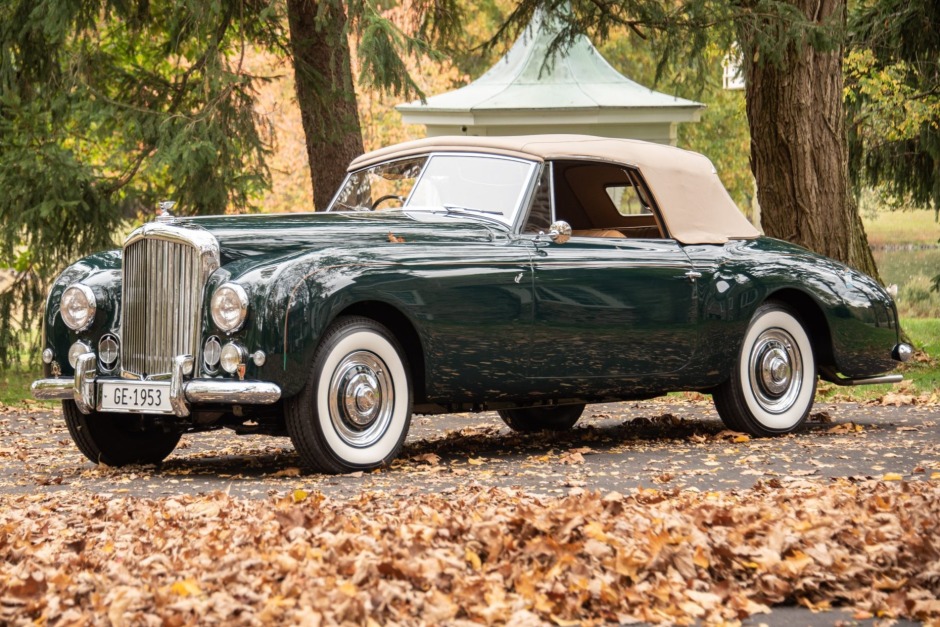 Mooonraker
begins mundanely enough with Bond noshing on filet
of sole, mixed salad with his own dressing, some
Brie and a half carafe of white Bordeaux at MI6’s
on-premises canteen.
Mooonraker
begins mundanely enough with Bond noshing on filet
of sole, mixed salad with his own dressing, some
Brie and a half carafe of white Bordeaux at MI6’s
on-premises canteen.
Things pick up when he joins his superior M
at the latter’s club, Blades, which is
fictional but  resembled
Fleming’s own Boodles (below). (Drax is
also a member of Blades.) M orders beluga caviar,
deviled kidney, bacon, peas, potatoes and
strawberries in kirsch. While Bond notes his
“mania for really good smoked salmon,” he orders
lamb cutlets—which, he declares, are “superb . . .
the best English cooking in the world”—asparagus
with Bearnaise and a slice of pineapple. With
their dinner they drink Champagne and a
half-bottle of claret. Oddly enough, Bond is
brought an envelope of
resembled
Fleming’s own Boodles (below). (Drax is
also a member of Blades.) M orders beluga caviar,
deviled kidney, bacon, peas, potatoes and
strawberries in kirsch. While Bond notes his
“mania for really good smoked salmon,” he orders
lamb cutlets—which, he declares, are “superb . . .
the best English cooking in the world”—asparagus
with Bearnaise and a slice of pineapple. With
their dinner they drink Champagne and a
half-bottle of claret. Oddly enough, Bond is
brought an envelope of 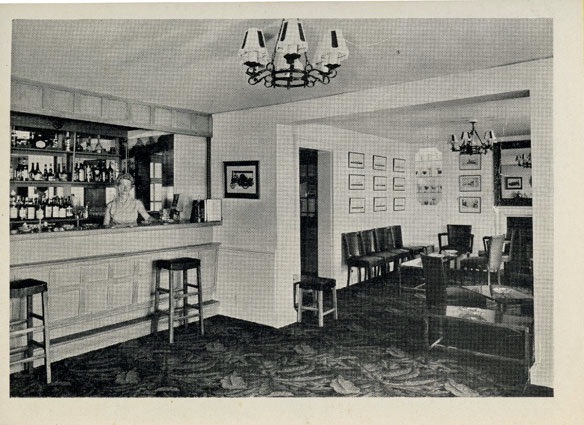 the amphetamine Benzedrine, which
he takes a touch of with his Champagne in order to
keep him wide awake when he plays bridge against
Drax later that evening.
the amphetamine Benzedrine, which
he takes a touch of with his Champagne in order to
keep him wide awake when he plays bridge against
Drax later that evening.
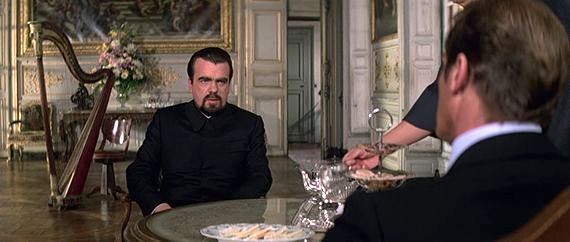 Bond also becomes
involved with Gala Brand, a Special Branch
policewoman working undercover with Drax. After
saving her from drowning, Bond takes her to dinner
at the Granville (above, left), an old
hotel on Saint Margaret’s Bay (demolished in
1966), for brandy-and-sodas, fried sole and Welsh
rarebits.
Bond also becomes
involved with Gala Brand, a Special Branch
policewoman working undercover with Drax. After
saving her from drowning, Bond takes her to dinner
at the Granville (above, left), an old
hotel on Saint Margaret’s Bay (demolished in
1966), for brandy-and-sodas, fried sole and Welsh
rarebits.
The filmed version of Moonraker
used exotic locales widely, including Italy,
Brazil, Guatemala and the United States,
but showed little interest in food. However, when
Drax, now an aerospace entrepreneur building a
space shuttle,
invites 007 to his California mansion
(actually filmed at the Château de
Vaux-le-Vicomte, southeast of Paris, for the
exteriors, and Château de Guermantes in
Guermantes), he brings out afternoon tea, which he
says is one of England’s “few indisputable
contributions to the civilized world.” Bond,
Fleming once wrote, hated tea because
he felt it made the British soft, so he refuses
Drax’s offer.
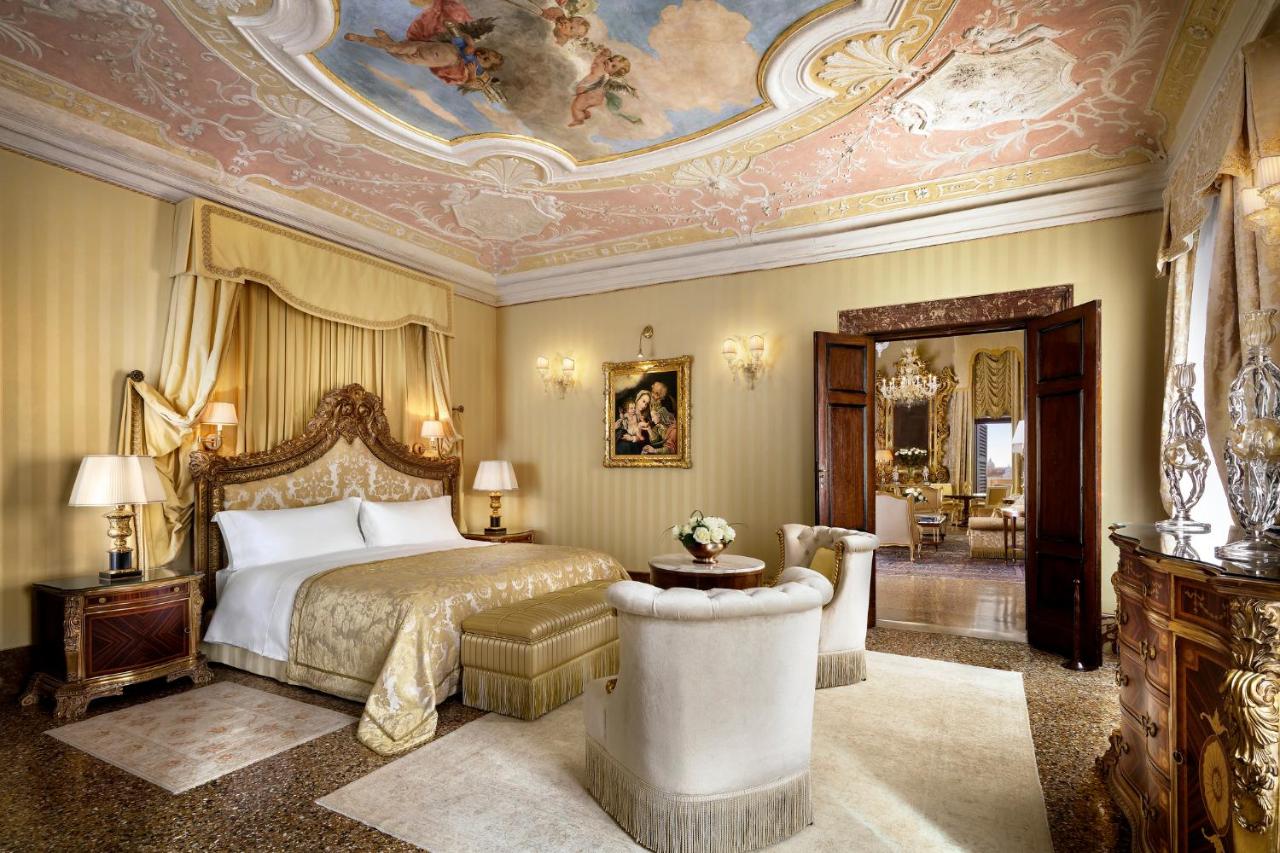 This
was one of the many movies that Bollinger
Champagne paid to have featured as Bond’s
favorite.
This
was one of the many movies that Bollinger
Champagne paid to have featured as Bond’s
favorite. 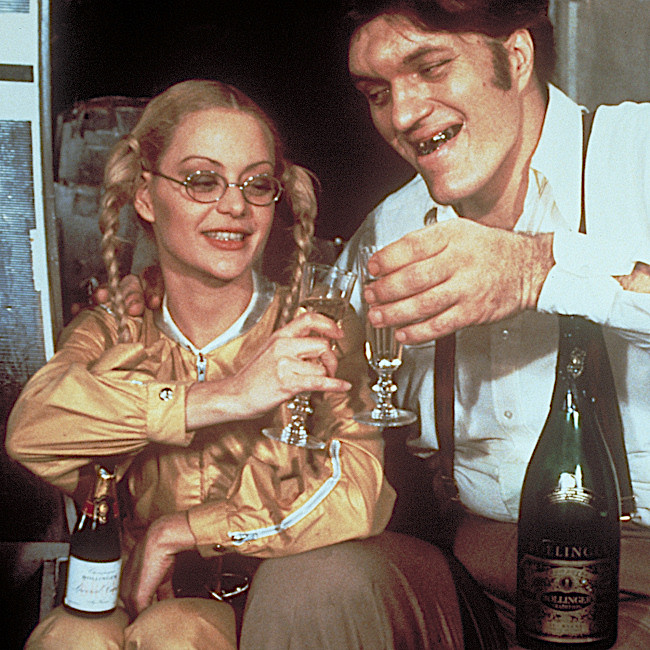 In Venice,
Drax astronaut Holly Goodhead invites 007 to her
suite at the Danieli Hotel, (left) where a
bottle of ’69 Bollinger is on ice. Even the
monstrous character Jaws, with a steel trap for
dentures, falls in love with a girl with braces
named Dolly and opens a bottle of Bollinger with
his teeth on board the space shuttle (right).
In Venice,
Drax astronaut Holly Goodhead invites 007 to her
suite at the Danieli Hotel, (left) where a
bottle of ’69 Bollinger is on ice. Even the
monstrous character Jaws, with a steel trap for
dentures, falls in love with a girl with braces
named Dolly and opens a bottle of Bollinger with
his teeth on board the space shuttle (right).
Moonraker
made a box office fortune, although it was the
most extravagant Bond movie to date, one that
robbed the audience of the kind of suspension of
disbelief by being more sci-fi than spycraft.
Moore seems more bemused about the plot than
interested, and more than before his demeanor was
more that of a male model than someone
"licensed to kill."
NEW YORK CORNER
NOREETUH
128
First Avenue
646-892-3050

Noreetuh, in
Manhattan’s Lower East Side, is notable for a good
number of reasons that have nothing to do with
contemporary food media hype. First, it’s six
years old and has managed thus far to survive the
ups-and-downs, closures-and-openings of the
pandemic; second, while originally it promoted its
modern take  on Hawaiian
cuisine, it is now ever more inventive with what
South Korea-born managing partner Jin Ahn (left)
calls, simply,
“fusion,” incorporating a broader range of
global influences (the name Noreetuh means
“playground”); third, its commitment to gracious
hospitality is antithetical to the noise and crush
of similar small restaurants in downtown Manhattan
and Brooklyn, where food and customers are rushed
in and out; last, for whatever it’s worth these
days, Noreetuh is on the Michelin
Guide’s Bib Gourmand list.
on Hawaiian
cuisine, it is now ever more inventive with what
South Korea-born managing partner Jin Ahn (left)
calls, simply,
“fusion,” incorporating a broader range of
global influences (the name Noreetuh means
“playground”); third, its commitment to gracious
hospitality is antithetical to the noise and crush
of similar small restaurants in downtown Manhattan
and Brooklyn, where food and customers are rushed
in and out; last, for whatever it’s worth these
days, Noreetuh is on the Michelin
Guide’s Bib Gourmand list. 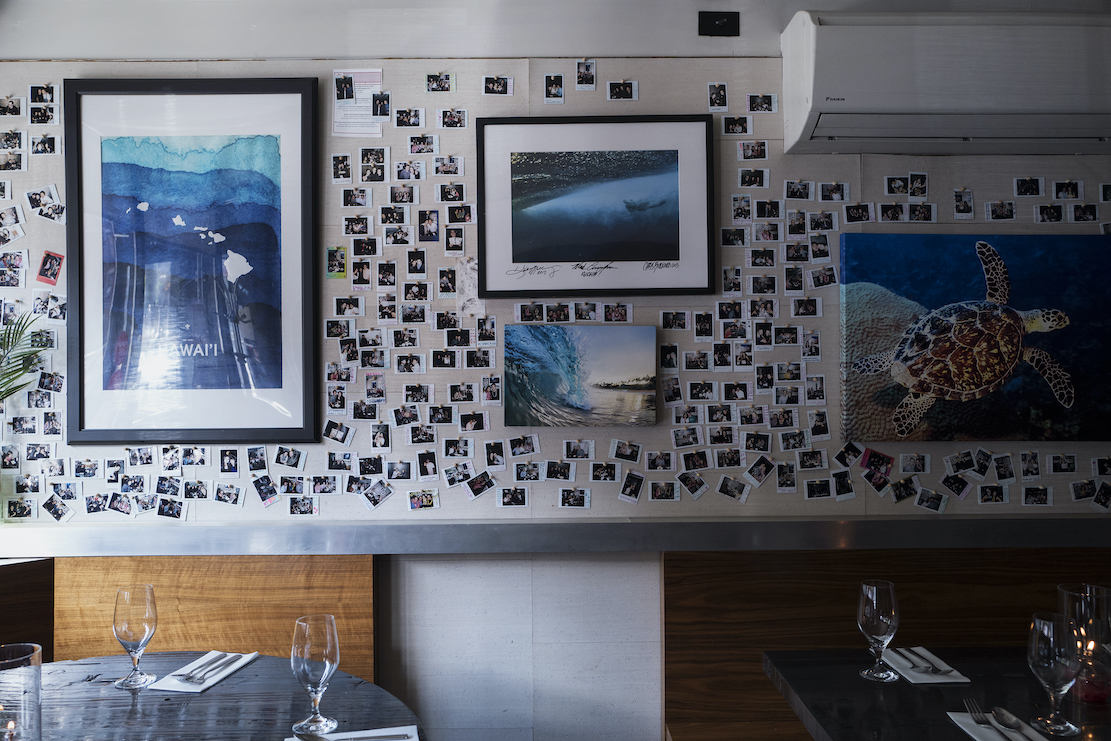
Since my last visit three years ago, little
has changed about the décor, what there
is of it. The restaurant is composed of two rooms,
with the walls pinned with hundreds of small photos
of friends, staff and regulars. The big wooden
tables are spacious but the lighting is still too
low to allow for easy menu reading and to see the
wonderful color of the food presentations.
 China-born
chef-partner Chung Chow’s résumé indicates where he
got his finesse, with long stints at Per Se under
Thomas Keller, then at Lincoln Ristorante with
Jonathan Benno. Having grown up in Hawaii and Japan,
Chow (left) has taste memories of Pacific
flavors that are indelible, so that he takes a
traditional Asian dish and refines it into something
both beautiful and layered with flavors and textures
one only finds at the most inventive sushi
restaurants around town (at much higher prices).
China-born
chef-partner Chung Chow’s résumé indicates where he
got his finesse, with long stints at Per Se under
Thomas Keller, then at Lincoln Ristorante with
Jonathan Benno. Having grown up in Hawaii and Japan,
Chow (left) has taste memories of Pacific
flavors that are indelible, so that he takes a
traditional Asian dish and refines it into something
both beautiful and layered with flavors and textures
one only finds at the most inventive sushi
restaurants around town (at much higher prices).
The wise decision for a table of four or more
is just to order all of the musubi
bite-size pieces or the appetizers and side dishes
(I’ll get to the main dishes in a moment). Musubi are
morsels of nigiri-like
sushi (a platter of four is $20; by the piece,
$5-$8), and there are at least 15 selections each
night, including a very popular one made with spicy
SPAM, soy-pickled jalapeños and soy mayo; even
better is the SPAM with truffled mayo and 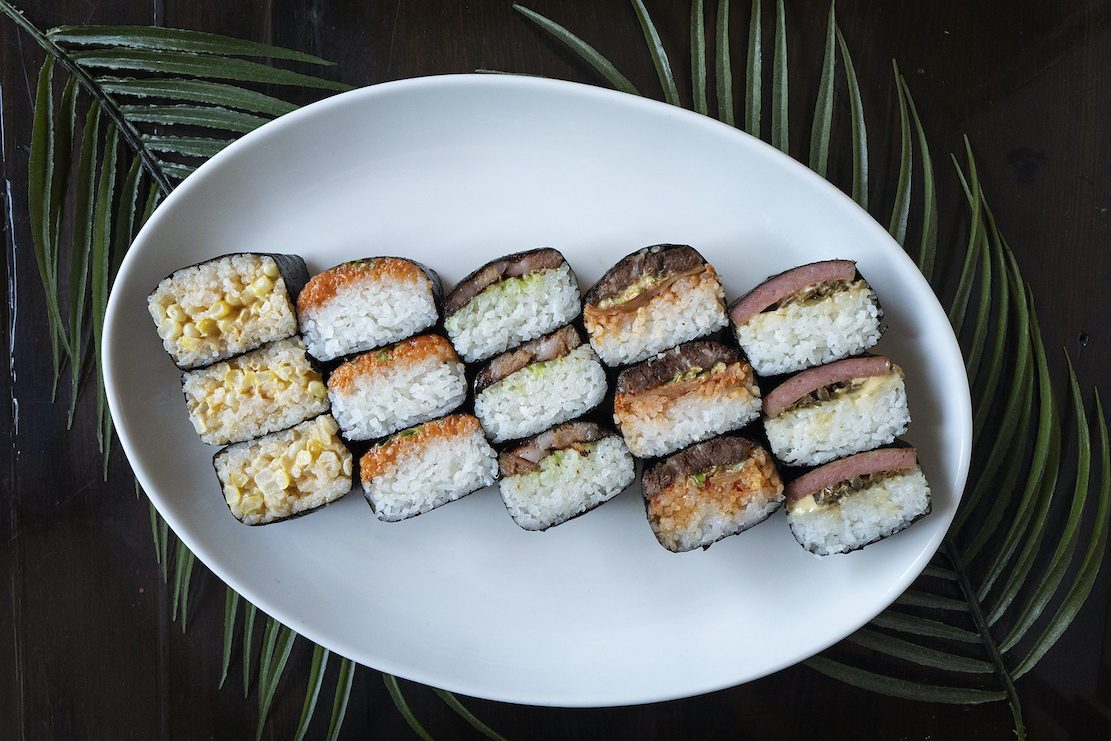 shaved
truffles. Luscious pork
jowl comes with scallions and ginger puree; spicy
salmon tartare is made more luxurious with a tobiko mayo;
galbi
is a hearty Korean marinated beef dish of braised
short rib and hot, pickled kimchi; lobster
comes with an aïoli blended with the crustacean’s
coral and a Japanese chili paste called yuzu kosho,
while a Japanese scallop comes wrapped in nori with
a bright, tangy lemon mayo. An appetizer of wild
striped bass sashimi with cucumber, green almond
and calamansi ($16) was wonderfully refreshing and
velvety in its texture. Do order a bunch of the
crunchy fried shrimp chips flavored with scallops,
shrimp and a lobster stock ($8).
shaved
truffles. Luscious pork
jowl comes with scallions and ginger puree; spicy
salmon tartare is made more luxurious with a tobiko mayo;
galbi
is a hearty Korean marinated beef dish of braised
short rib and hot, pickled kimchi; lobster
comes with an aïoli blended with the crustacean’s
coral and a Japanese chili paste called yuzu kosho,
while a Japanese scallop comes wrapped in nori with
a bright, tangy lemon mayo. An appetizer of wild
striped bass sashimi with cucumber, green almond
and calamansi ($16) was wonderfully refreshing and
velvety in its texture. Do order a bunch of the
crunchy fried shrimp chips flavored with scallops,
shrimp and a lobster stock ($8).
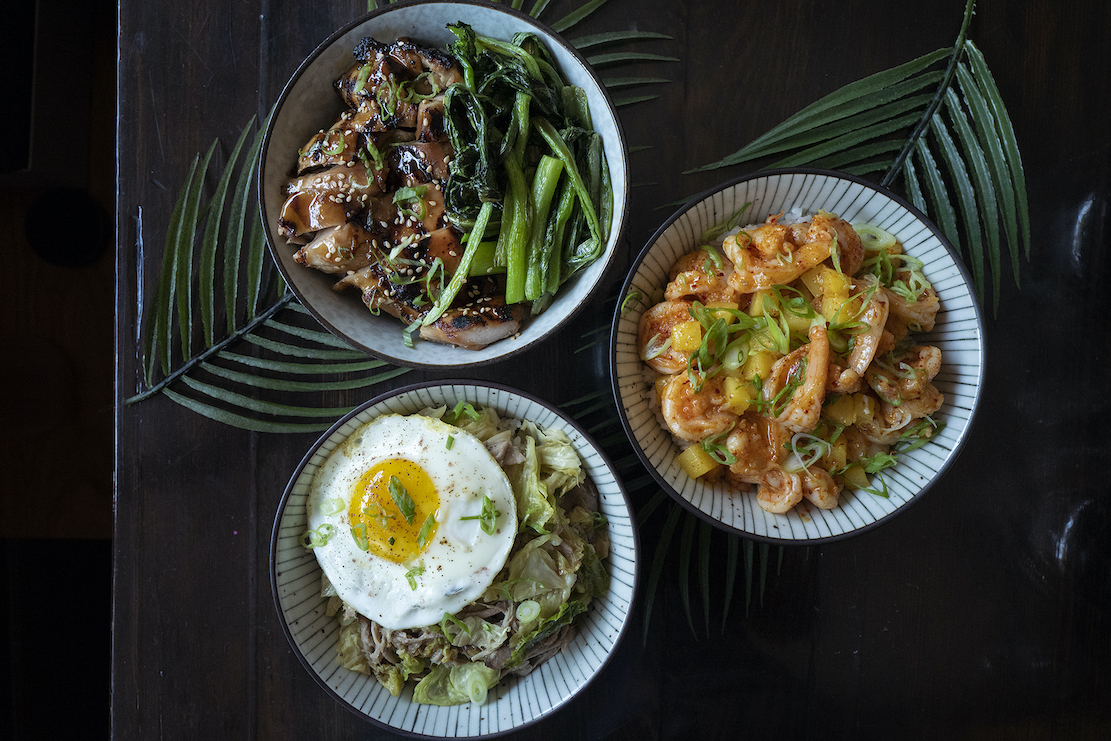 Our
party of four had only just begun. Up next were the
main courses, beginning with sea urchin cavatelli
with shrimp and daikon radish ($32), then plump lamb
ravioli scented with cumin and given shots of
Sichuan and black pepper graced with shreds of
coriander ($24). Mochiko
fried chicken will win no points for good looks ($42
for 12 pieces; $25 for 6), but the addition of
pickles, Hawaiian macaroni salad and King’s Hawaiian
Rolls makes a strong case for this Polynesian
version. Chow used to offer wagyu beef, but it
doesn’t really make much sense to do so when the
ingredients he melds are so flavorful on their own.
Our
party of four had only just begun. Up next were the
main courses, beginning with sea urchin cavatelli
with shrimp and daikon radish ($32), then plump lamb
ravioli scented with cumin and given shots of
Sichuan and black pepper graced with shreds of
coriander ($24). Mochiko
fried chicken will win no points for good looks ($42
for 12 pieces; $25 for 6), but the addition of
pickles, Hawaiian macaroni salad and King’s Hawaiian
Rolls makes a strong case for this Polynesian
version. Chow used to offer wagyu beef, but it
doesn’t really make much sense to do so when the
ingredients he melds are so flavorful on their own.
Those same Hawaiian Rolls come as a dessert
bread pudding with rum raisin and pineapple ice
cream ($10), and there’s a straightforward brownie
made with excellent chocolate and studded with
Macadamia nuts and sided with
delicious coconut ice cream ($10).
nuts and sided with
delicious coconut ice cream ($10).
Ahn is very proud of his wine list and knows
every bottle’s pedigree and reason why it goes with
this kind of food so well. About 20 are available by
the glass ($12-$16), and there is an eclectic
selection of beers, including two from Hawaii, as
well as a dozen sakes.
I can readily
imagine that if I lived in the Lower East Side, I’d
be eating at Noreetuh once a week, maybe get
take-out another night. With so many choices and a
changing menu, I’m not likely to run out of good
reasons to go.
Open for dinner
Wed.-Sun.; brunch Sat. & Sun.
Note: NYC Health Dept. rules require both staff and guests 12 or older to show proof they have received at least one dose of a COVID-19 vaccine.
ANOTHER
VERMEER

CHAPTER FOUR
Katie
showed up wearing gray slacks, a well-cut dark
blazer and a burgundy turtleneck. Kevin
O’Keefe was in a pin-striped suit, pale blue
shirt with a white collar and polka-dotted bow
tie that fit the standard image of his
profession. His graying hair was slicked back,
his nose patrician. Katie was buzzed into his
office, where O’Keeffe was already standing
up.
“Excuse the mess,” he said, “The big New
York Art Show on the Pier is coming up and we’re
a madhouse at the moment. So, how can I help
you, Ms. Cavuto?
The Vermeer sale, right? Not
something that our little gallery is likely to
handle, alas.”
“Do you mind if I record our
conversation?” asked Katie, taking out her
notebook and mini-recorder. O’Keeffe
just waved his hand.
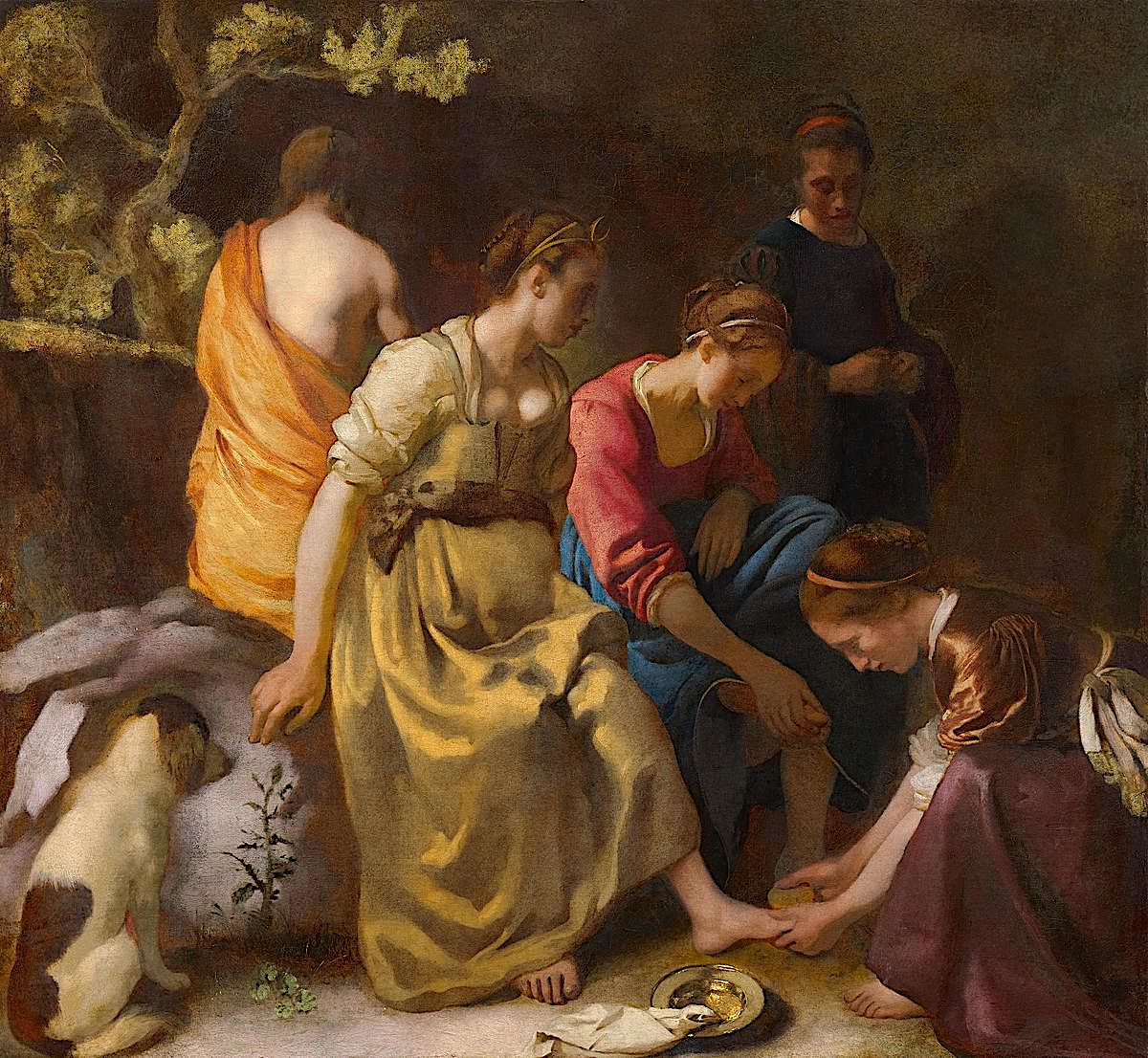 “I know how rare it is
for a Vermeer to come on the market,” Katie
said, “and how unique for it to be a painting no
one’s ever heard about.”
“I know how rare it is
for a Vermeer to come on the market,” Katie
said, “and how unique for it to be a painting no
one’s ever heard about.”
“Well, that’s not entirely true,” said
O’Keeffe. “There’s long been an assumption that
there had
to be other Vermeers out there. We
know that twenty-one of his paintings were sold
in one lot back in 1696, but we only know some of
the paintings in that sale. For all we do
know, there might well have been paintings that
are not in the official catalogs of his work,
paintings that have stayed in someone’s
collection and never been seen.”
“Is that likely?” asked Katie.
“Not very. It’s more likely many, if not
all, were dispersed to many buyers. As you may
know, Vermeer was not a very popular artist for
more than two hundred years after he died. But
we really don’t know where a lot of them might
be, if they still exist at all.”
“But you believe there are still Vermeers
out there no one has seen?”
“That is indeed likely. It’s even
possible that there are Vermeers hanging
somewhere in a museum or private home that have
not been officially declared to be
Vermeers or attributed to other, lesser artists. Every
artist’s style changes from his youth to his
maturity, and the few early Vermeers extant
don’t look very much like his later work, _Vermeer_-_Christ_in_the_House_of_Martha_and_Mary_-_Google_Art_Project.jpeg) though there are
hints of the mastery to come. Those are the ones
forgers paint.”
though there are
hints of the mastery to come. Those are the ones
forgers paint.”
Katie herself had wondered about some of
the early Vermeers she’d seen in books, like the
derivative Diana and
The Nymph (above) and Christ in
the House of Martha and Mary (right),
while the odd, off-kilter composition of Girl Asleep
hanging in the nearby Metropolitan Museum of Art
only hinted at the sublime style Vermeer would
later develop.
O’Keeffe went on: “There have been a few
paintings attributed to Vermeer that were later
discounted, and a slew of pre-war forgeries that
fooled even the most erudite scholars. There’s
one out there now that’s been debated back and
forth for the last forty years.”
“All right, so let’s say this new
Vermeer—I believe it’s called The Chemist?—is
the real McCoy.
Do you have any idea how much money it
would bring at auction?”
 “Well,
that depends on a number of factors: What
condition is it in? Does it need to be cleaned,
or wholly restored? The famous Vermeer that
people call The Girl
with the Pearl Earring in the Hague was
just beautifully restored two years ago, and
there’s a stunning difference in color, tone and
texture that will have scholars busy re-thinking
their estimates for years to come.
“Well,
that depends on a number of factors: What
condition is it in? Does it need to be cleaned,
or wholly restored? The famous Vermeer that
people call The Girl
with the Pearl Earring in the Hague was
just beautifully restored two years ago, and
there’s a stunning difference in color, tone and
texture that will have scholars busy re-thinking
their estimates for years to come.
“Now, if it is already in very good
condition, the sky’s the limit with the way
prices are going these days at auction. The
market of Old Masters has never been more
inflationary, and that’s trickled down to the
contemporary artists, too, many of whom I
represent. Of course, aside from its rarity, a
Vermeer is an easy sell: His work looks good on
collectors’ walls. Much better than a biblical
painting of Judith holding up the head of
Holofernes she’d just hacked off. Wouldn’t look
good in the dining room.”
“Not to seem crass,” said Katie, “but is
it true that a van Gogh is the most expensive
painting sold in this century?”
“Here, let me show you,” said O’Keeffe,
reaching for a large format volume on Vincent
van Gogh and opening to a page with a tab in it. “That
is van Gogh’s Portrait of Dr. Gachet (right),
which he painted the year he died.” 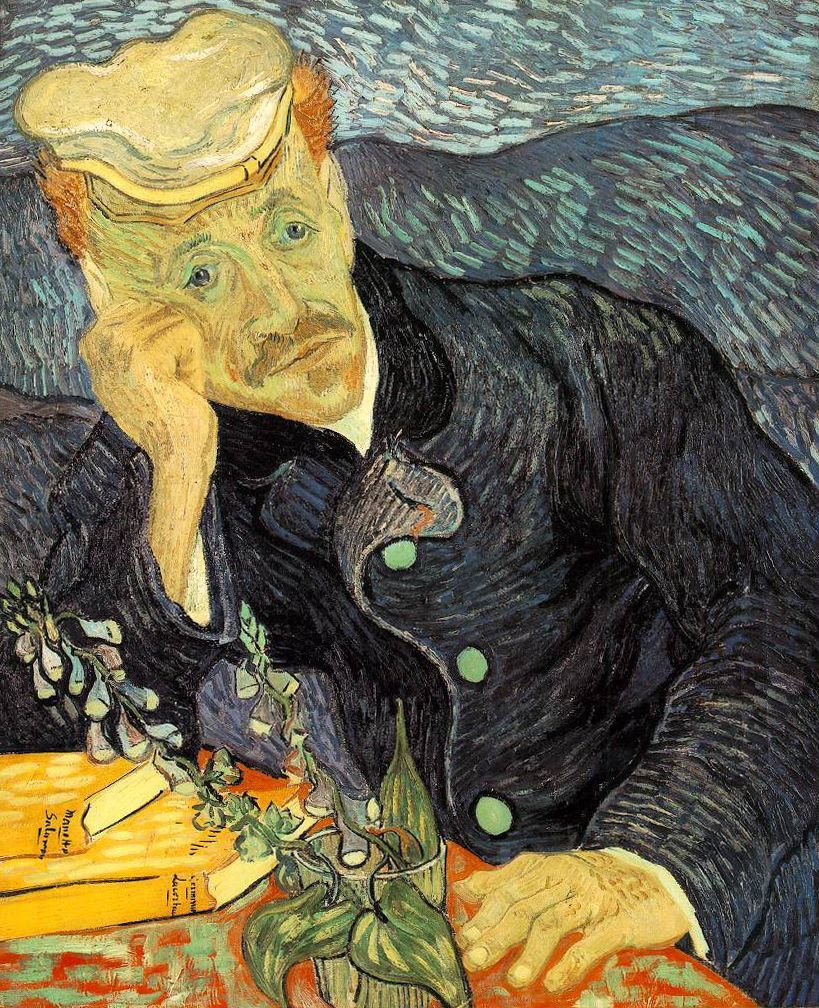
The
painting showed a mustachioed man leaning on a
table with books and a plant, his hair red, his
face a bilious yellow-green, the whole of it
painted in quick, small strokes whirling around
the composition.
“Van Gogh’s sister-in-law sold it for 300
francs after he died, then it was later acquired
by a gallery in Frankfort, which hid it from the
Nazis when they took power. But the Reich found
it and confiscated it, listing it among what
Hermann Goering called ‘degenerate art,’ so the
fat fool sold it to a Parisian dealer who in
turn sent it to New York, where a buyer lent it
to the Metropolitan Museum of Art for a while.
Then in 1990 it was put up for auction at
Christie’s and bought by a Japanese tycoon named
Saito (below) for $75 million plus a 10
percent commission, so it came to $82.5 million.
 “Saito then shocked everyone when he said
that he would be cremated with the painting, and
you can imagine how that went
over in the art world! Then he said he was just
kidding. He also hinted that he’d give the
painting to the Japanese government but he died
just a few weeks ago and no one knows where in
heaven’s name Dr. Gachet
is. I’ve heard it might come up for auction this
year, but who knows?”
“Saito then shocked everyone when he said
that he would be cremated with the painting, and
you can imagine how that went
over in the art world! Then he said he was just
kidding. He also hinted that he’d give the
painting to the Japanese government but he died
just a few weeks ago and no one knows where in
heaven’s name Dr. Gachet
is. I’ve heard it might come up for auction this
year, but who knows?”
Katie was wagging her head. “Eighty-two
five. And you think the Vermeer will go for
more?”
“Oh, absolutely. The history of the van
Gogh painting had a lot going for it that
distinguished it from other van Goghs, but the
fact is, he painted 900 canvases; there are
currently only thirty-four Vermeers. If this
is a thirty-fifth, you can only imagine what it
might go for—certainly in excess of $100
million.”
“Well, then,” said Katie, flipping closed
her notebook and clicking off her recorder.
“You’ve been very kind and I appreciate your time,
especially during this busy week for you. Can I
give you my card, and if you hear anything else
about the Vermeer, give me a call?”
and I appreciate your time,
especially during this busy week for you. Can I
give you my card, and if you hear anything else
about the Vermeer, give me a call?”
“Absolutely,” said O’Keeffe. “My ear is
to the ground.”
Katie left the gallery and headed west to
the Metropolitan Museum of Art on Fifth Avenue
in order to get another look at the four
Vermeers there, one, Young Woman
with a Water Pitcher, acquired in 1879,
the rest in the 20th century, the last, Study of a
Young Woman, in 1979.
Next she crossed the street to see the
three Vermeers at the Frick Collection,
purchased by Henry Clay Frick between 1902 and
1919—A
Soldier and Laughing Girl, The Music
Lesson and A Mistress
 and Maidservant
(right) .
and Maidservant
(right) .
By then, Katie’s appreciation for
Vermeer equaled her professional interest in the
project she’d embarked upon.
She
began to see the unique qualities of Vermeer’s
mature style in the composition of a room
suffused with light from a tall window and how a
delicate quiet pervaded even those paintings,
like The
Music Lesson, in which there was more than
one person. And, although she had never seen the
famous Girl
with the Pearl Earring, hung in
The Maurishis museum at The Hague in the
Netherlands since 1881, the similar cast of the
eyes and smile of the Metropolitan’s Study of a
Young Woman mesmerized Katie as no other
painting ever had.
There was
a story behind the strange girl’s eyes, a
mystery more luminous than the smile of the Mona
Lisa, some key to the man who painted her. For
Katie, that young girl, not Vermeer himself, was
the Sphinx of Delft, as serene as the moment she
was caught in the soft light of Vermeer’s
studio.
To read previous chapters of ANOTHER VERMEER, go to the archive
© John Mariani, 2016
❖❖❖
NEW WINES IN THE QUIET POST-HOLIDAY MARKET
By John Mariani
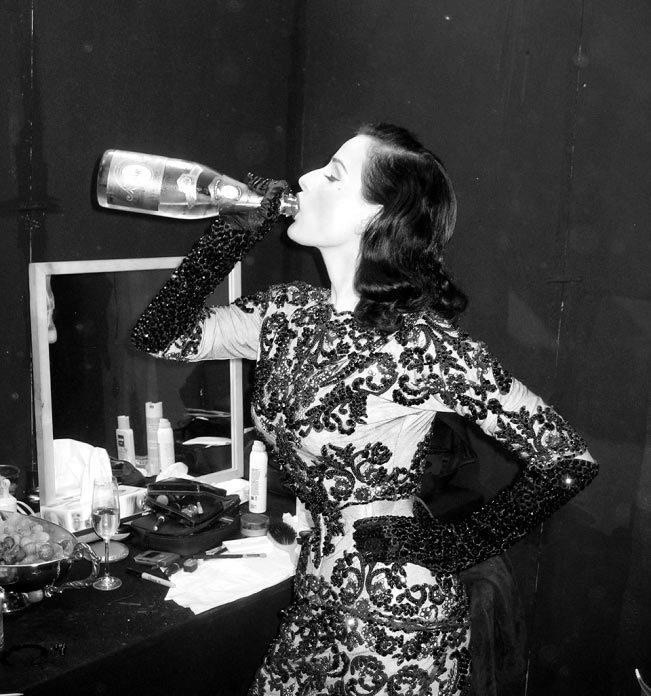
Now that
the holidays are over, when sales of wines and
spirits were at their highest, we have a lull
until spring when many new releases hit the wine
store shelves. Meanwhile, it gives me a chance to
catch up with some fine wines I am enjoying right
now with seasonal fare. Here are several.
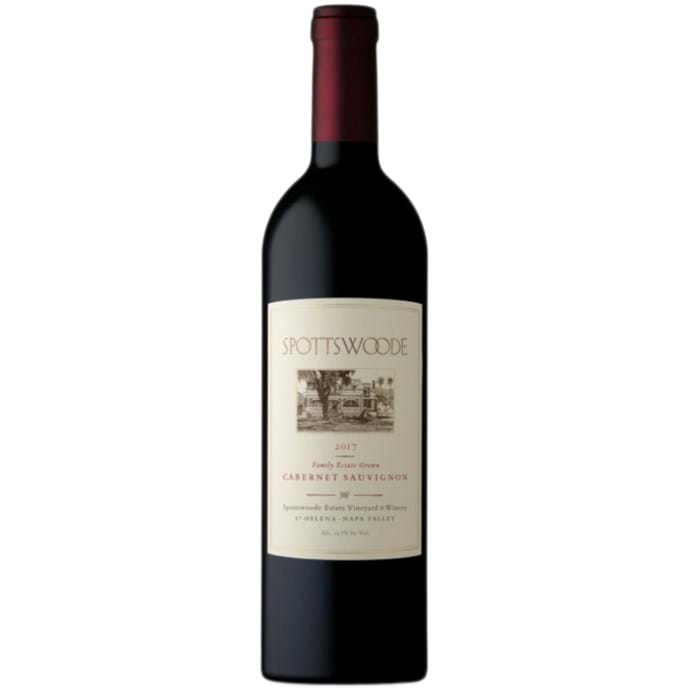 SPOTTSWOODECABERNET SAUVIGNON 2018
($235)—It’s a blockbuster, all right, but it’s
also a canny blend of 86% Cabernet Sauvignon, 9%
Cabernet Franc and 5% Petit Verdot, without Merlot.
Founded in 1882, the estate has been farmed
organically since 1985 (certified organic in 1992),
now by second-generation sisters, Beth Novak
Milliken and Lindy Novak, with 42 acres planted
primarily to Cabernet Sauvignon. The tannins are
softer than you might expect, but this is one
California Cab I’d really allow to age for five
years, if you can resist.
SPOTTSWOODECABERNET SAUVIGNON 2018
($235)—It’s a blockbuster, all right, but it’s
also a canny blend of 86% Cabernet Sauvignon, 9%
Cabernet Franc and 5% Petit Verdot, without Merlot.
Founded in 1882, the estate has been farmed
organically since 1985 (certified organic in 1992),
now by second-generation sisters, Beth Novak
Milliken and Lindy Novak, with 42 acres planted
primarily to Cabernet Sauvignon. The tannins are
softer than you might expect, but this is one
California Cab I’d really allow to age for five
years, if you can resist.
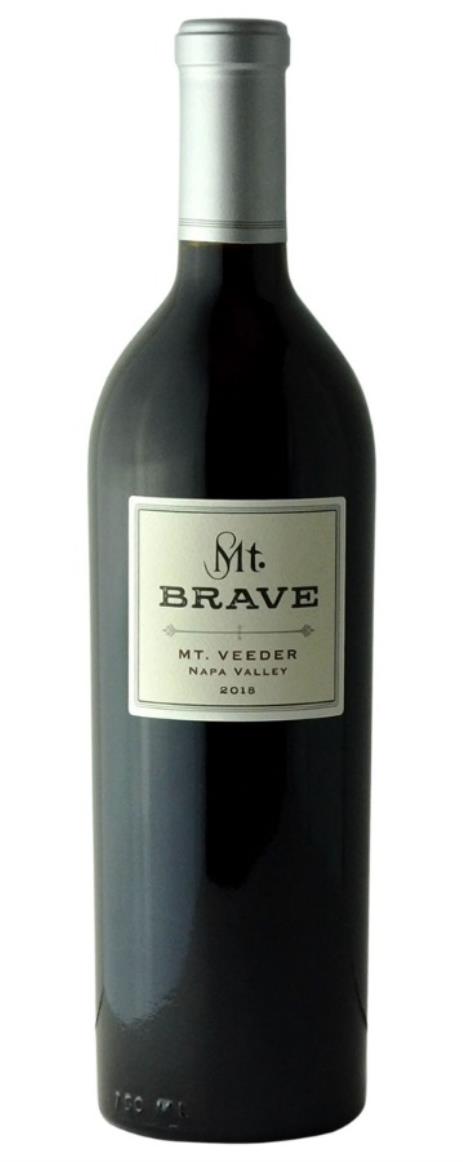
SMITH & HOOK
CABERNET SAUVIGNON 2019 ($25)—If you’re not
quite up to paying $235 for a Cali Cab, this one,
from the Central Coast, will readily give you
pleasure at a remarkable price. It is
sourced from vineyards of San Benito, Arroyo Seco,
San Antonio Valley, Hames Valley and Paso
Robles—AVAs that give it complexity, and it’s ready
to enjoy right now. Smith & Hook also makes a
moderately priced Reserve Cab from 2018 ($45) with a
bit more ballast.
CHÂTEAU DE PEZ 2018
($55)—If history and tradition figure into your wine
preferences, this estate is the oldest in Bordeaux’s
Saint-Estèphe, founded in the 15th century. In 1995
it was purchased by Maison Louis Roederer and, after
improving the vineyards, was reclassified as a Cru Bourgeois
Exceptionnele in 2003. Winemaker Nicolas
Glumineau, who is also winemaker at the renowned
sister property Château Pichon Longueville Comtesse
de Lalande (2nd Classified Growth), has shown his
skill in bringing de Pez to a higher quality level
than it’s had in many decades. The 2018 is a classic
blend of 49% Cabernet Sauvignon, 49% Merlot, 1%
Petit Verdot and 1% Cabernet Franc and is a
reasonably priced indicator of the flavors of the
Médoc. Ideal with roasted meats.
 MT. BRAVE MT. VEEDER MERLOT 2018
($85)—The label is deceptively simple and bespeaks
respected winemaker Chris Carpenter’s expertise with
this single varietal after his work at Lokoya and
Cardinale estates. Well before that he interned at
Tenute Antinori in Tuscany and studied at the
University of Stranieri, which I suspect gave him a
notion that big red wines don’t have to be huge red
wines. There are layers of aromas and spices here,
proving that Merlot is not one-dimensional and
merely likeable. The price tag is high but the wine
deserves respect.
MT. BRAVE MT. VEEDER MERLOT 2018
($85)—The label is deceptively simple and bespeaks
respected winemaker Chris Carpenter’s expertise with
this single varietal after his work at Lokoya and
Cardinale estates. Well before that he interned at
Tenute Antinori in Tuscany and studied at the
University of Stranieri, which I suspect gave him a
notion that big red wines don’t have to be huge red
wines. There are layers of aromas and spices here,
proving that Merlot is not one-dimensional and
merely likeable. The price tag is high but the wine
deserves respect.
BONTERRA MERLOT 2019 ($16)—Bonterra
has long prided itself on its organic grapes and is
mightily devoted to becoming carbon neutral in the
near future. This is a very soft Merlot, having
undergone malolactic fermentation and aging for 18
months in French and American oak barrels, half of
them new. It has a very pronounced fruit profile
without being jam-like, and, if one wine or another
can be considered clean and fresh, winemaker Jeff
Chicocki has achieved that with this very
well-priced Merlot. 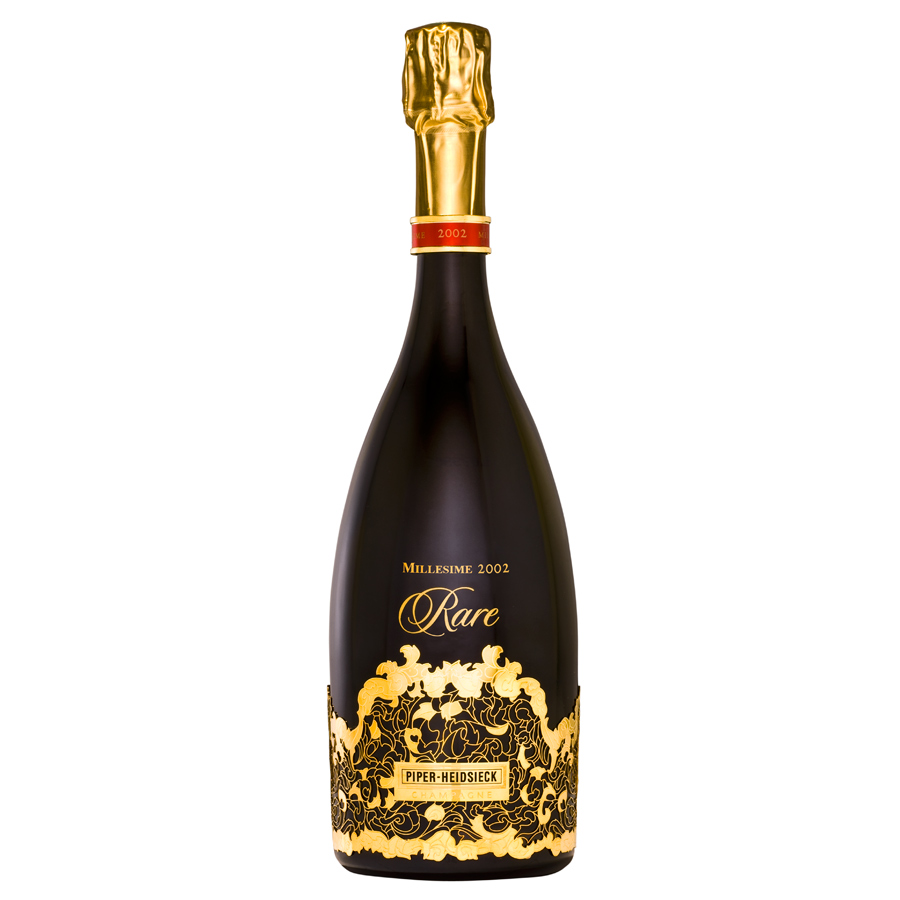
RAEBURN RUSSIAN RIVER
VALLEY CHARDONNAY 2020 ($20)—Russian River
Valley, with its cooling nighttime fog, is producing
more nuanced Chardonnay these days, and Raeburn’s
bargain-price bottling, barrel fermented 75% in
French & Hungarian Oak, half new, with 6 months
sur lie aging. The alcohol level is just at the tip
where California’s Chardonnays show their vibrancy,
and the acid here is welcome. The vintage was not
easy to produce, with wildfires in and around Sonoma
County, a dry winter, dry and warm spring and long
and even growing season, then a hot summer that
“pushed the vines to deliver a small berry set, low
yield and an early harvest.” It’s good and ripe and
ready to drink right now.
❖❖❖
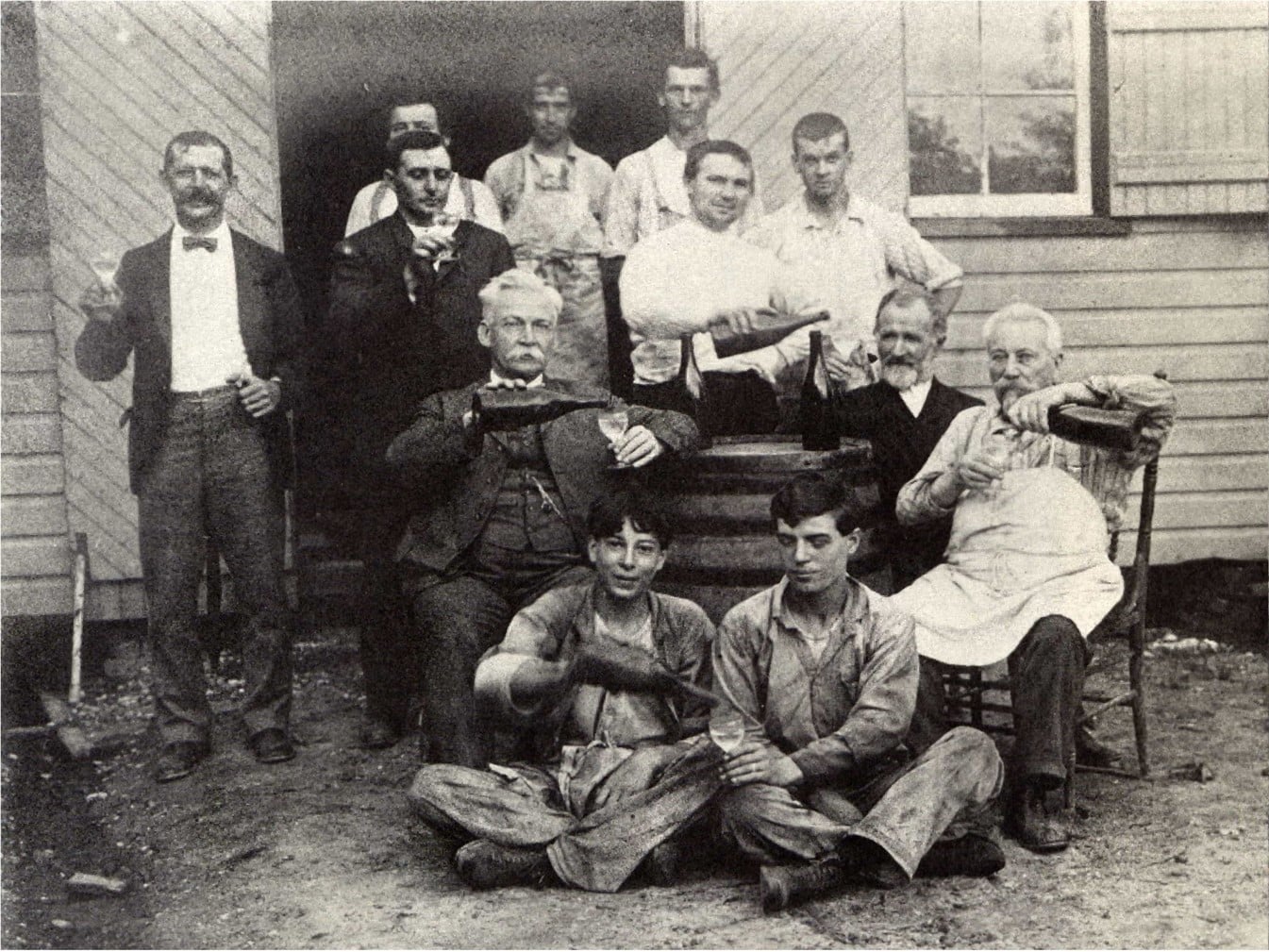 WE'RE SHOCKED! SHOCKED!
WE'RE SHOCKED! SHOCKED!
According to a
new survey conducted by OnePoll on behalf of
Woodbridge Wines, only 17 percent of wine drinkers
swirl and sniff the beverage before drinking it.
❖❖❖
Any of John Mariani's books below may be ordered from amazon.com.
 The Hound in Heaven
(21st Century Lion Books) is a novella, and
for anyone who loves dogs, Christmas, romance,
inspiration, even the supernatural, I hope you'll find
this to be a treasured favorite. The story
concerns how, after a New England teacher, his wife and
their two daughters adopt a stray puppy found in their
barn in northern Maine, their lives seem full of promise.
But when tragedy strikes, their wonderful dog Lazarus and
the spirit of Christmas are the only things that may bring
his master back from the edge of despair.
The Hound in Heaven
(21st Century Lion Books) is a novella, and
for anyone who loves dogs, Christmas, romance,
inspiration, even the supernatural, I hope you'll find
this to be a treasured favorite. The story
concerns how, after a New England teacher, his wife and
their two daughters adopt a stray puppy found in their
barn in northern Maine, their lives seem full of promise.
But when tragedy strikes, their wonderful dog Lazarus and
the spirit of Christmas are the only things that may bring
his master back from the edge of despair. WATCH THE VIDEO!
“What a huge surprise turn this story took! I was completely stunned! I truly enjoyed this book and its message.” – Actress Ali MacGraw
“He had me at Page One. The amount of heart, human insight, soul searching, and deft literary strength that John Mariani pours into this airtight novella is vertigo-inducing. Perhaps ‘wow’ would be the best comment.” – James Dalessandro, author of Bohemian Heart and 1906.
“John Mariani’s Hound in Heaven starts with a well-painted portrayal of an American family, along with the requisite dog. A surprise event flips the action of the novel and captures us for a voyage leading to a hopeful and heart-warming message. A page turning, one sitting read, it’s the perfect antidote for the winter and promotion of holiday celebration.” – Ann Pearlman, author of The Christmas Cookie Club and A Gift for my Sister.
“John Mariani’s concise, achingly beautiful novella pulls a literary rabbit out of a hat – a mash-up of the cosmic and the intimate, the tragic and the heart-warming – a Christmas tale for all ages, and all faiths. Read it to your children, read it to yourself… but read it. Early and often. Highly recommended.” – Jay Bonansinga, New York Times bestselling author of Pinkerton’s War, The Sinking of The Eastland, and The Walking Dead: The Road To Woodbury.
“Amazing things happen when you open your heart to an animal. The Hound in Heaven delivers a powerful story of healing that is forged in the spiritual relationship between a man and his best friend. The book brings a message of hope that can enrich our images of family, love, and loss.” – Dr. Barbara Royal, author of The Royal Treatment.
 |
The Encyclopedia of American Food and Drink by John F. Mariani (Bloomsbury USA, $35) Modesty forbids me to praise my own new book, but let me proudly say that it is an extensive revision of the 4th edition that appeared more than a decade ago, before locavores, molecular cuisine, modernist cuisine, the Food Network and so much more, now included. Word origins have been completely updated, as have per capita consumption and production stats. Most important, for the first time since publication in the 1980s, the book includes more than 100 biographies of Americans who have changed the way we cook, eat and drink -- from Fannie Farmer and Julia Child to Robert Mondavi and Thomas Keller. "This book is amazing! It has entries for everything from `abalone' to `zwieback,' plus more than 500 recipes for classic American dishes and drinks."--Devra First, The Boston Globe. "Much needed in any kitchen library."--Bon Appetit. |
"Eating Italian will never be the same after reading John Mariani's entertaining and savory gastronomical history of the cuisine of Italy and how it won over appetites worldwide. . . . This book is such a tasteful narrative that it will literally make you hungry for Italian food and arouse your appetite for gastronomical history."--Don Oldenburg, USA Today. "Italian
restaurants--some good, some glitzy--far
outnumber their French rivals. Many of
these establishments are zestfully described
in How Italian Food Conquered the World, an
entertaining and fact-filled chronicle by
food-and-wine correspondent John F.
Mariani."--Aram Bakshian Jr., Wall Street
Journal.
"Equal parts
history, sociology, gastronomy, and just
plain fun, How Italian Food Conquered the
World tells the captivating and delicious
story of the (let's face it) everybody's
favorite cuisine with clarity, verve and
more than one surprise."--Colman Andrews,
editorial director of The Daily
Meal.com. "A fantastic and fascinating
read, covering everything from the influence
of Venice's spice trade to the impact of
Italian immigrants in America and the
evolution of alta cucina. This book will
serve as a terrific resource to anyone
interested in the real story of Italian
food."--Mary Ann Esposito, host of PBS-TV's
Ciao
Italia. "John Mariani has written the
definitive history of how Italians won their
way into our hearts, minds, and
stomachs. It's a story of pleasure over
pomp and taste over technique."--Danny Meyer,
owner of NYC restaurants Union Square
Cafe, The Modern, and Maialino.
|
 |
 |
 |
 |
 |
 |
 Everett Potter's Travel Report:
Everett Potter's Travel Report: 
 Eating Las
Vegas JOHN CURTAS has been covering
the Las Vegas food and restaurant scene
since 1995. He is the co-author of EATING LAS
VEGAS – The 50 Essential Restaurants (as
well as the author of the Eating Las
Vegas web site: www.eatinglasvegas.
He can also be seen every Friday morning as
the “resident foodie” for Wake Up With the
Wagners on KSNV TV (NBC) Channel 3 in
Las Vegas.
Eating Las
Vegas JOHN CURTAS has been covering
the Las Vegas food and restaurant scene
since 1995. He is the co-author of EATING LAS
VEGAS – The 50 Essential Restaurants (as
well as the author of the Eating Las
Vegas web site: www.eatinglasvegas.
He can also be seen every Friday morning as
the “resident foodie” for Wake Up With the
Wagners on KSNV TV (NBC) Channel 3 in
Las Vegas.
MARIANI'S VIRTUAL GOURMET
NEWSLETTER is published weekly. Publisher: John Mariani. Editor: Walter Bagley. Contributing Writers: Christopher
Mariani, Misha Mariani, John A. Curtas, Gerry Dawes, Geoff Kalish.
Contributing
Photographer: Galina Dargery. Technical
Advisor: Gerry
McLoughlin.
If you wish to subscribe to this
newsletter, please click here: http://www.johnmariani.com/subscribe/index.html
© copyright John Mariani 2022

